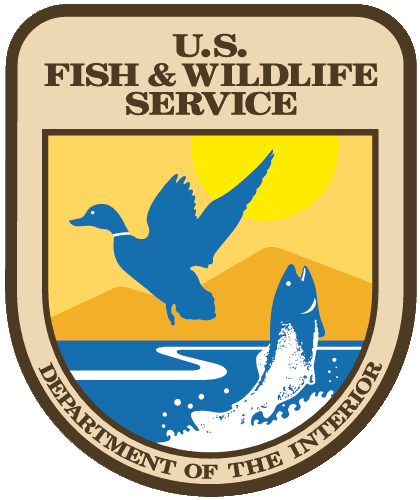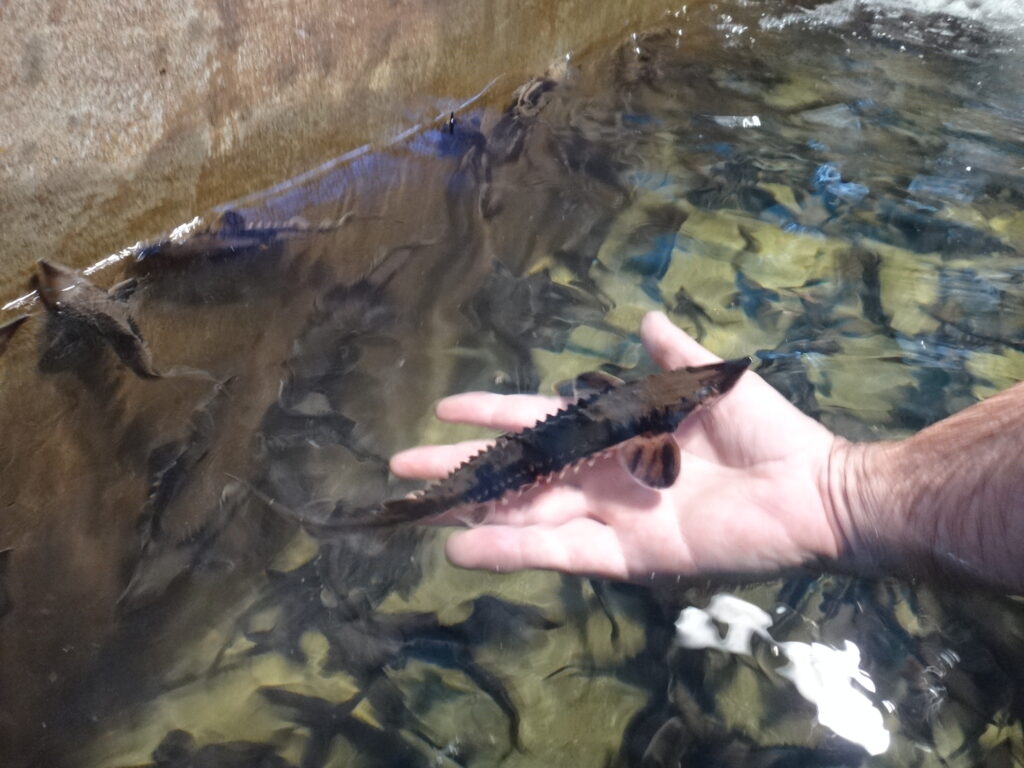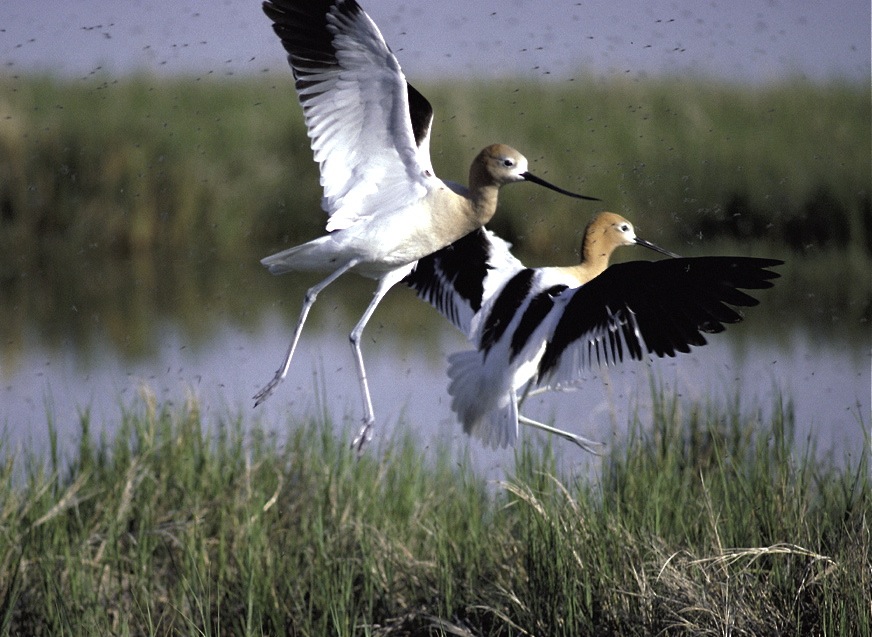The United States government had been conserving fisheries and wildlife for a long time, through the gradual accumulation of individual programs and offices. But on June 30, 1940, the two primary agencies were married—a union that has lasted for 80 years and led the dramatic return of much of our native wildlife.
The marriage had a long courtship. Federal fisheries management began officially in 1871, when Congress created the Fish Commission to oversee the rebuilding of depleted marine fisheries; eventually the Fish Commission became the Bureau of Fisheries within the Department of Commerce. Federal wildlife management began officially 14 years later, in 1885, when the US Department of Agriculture created the Section of Economic Ornithology, addressing the relationship of birds and farming. A year later mammals were added to the charge and the agency was eventually renamed the Bureau of Biological Survey.

These two agencies, working separately and in two different cabinet departments (Commerce and Agriculture) carried the nation’s primary responsibility for all matters concerned with fisheries and wildlife. President Franklin Roosevelt didn’t like the arrangement, so in 1939, he moved the two into the Department of the Interior, with this logic:
“These two Bureaus have to do with conservation and utilization of the wildlife resources of the country, terrestrial and aquatic. Therefore, they should be grouped under the same departmental administration, and in that Department which, more than any other, is directly responsible for the administration and conservation of the public domain.”
But that wasn’t enough. The next year, on June 30, Congress and the President agreed on another reorganization that married the two as one comprehensive agency—the U.S. Fish and Wildlife Service (USFWS). Roosevelt further reasoned that “[t]he natural areas of operation of these two bureaus frequently coincide, and their activities are interrelated and similar in character. Consolidation will eliminate duplication of work, facilitate coordination of programs, and improve service to the public.”

Several later reorganizations have occurred (the most important was the removal of commercial and marine fisheries management back to the Department of Commerce), but the USFWS has remained mostly stable since 1940. It now operates through a Washington, DC, headquarters, 8 regional offices, and field offices distributed across the country. The USFWS employs about 9,000 people supported by about $2.7 billion in appropriations, both discretionary and mandatory.
The programs of the agency have expanded over the years as concerns for fisheries and wildlife resources have evolved. The USFWS states that its mission is to “work with others to conserve, protect and enhance fish, wildlife and plants and their habitats for the continuing benefit of the American people.” The agency address that mission through these major programmatic areas:

- Operation of the National Wildlife Refuge System, which contains 568 refuges, 38 wetland districts and 5 marine national monuments covering 95 million acres of lands and 760 million acres of submerged lands and waters;
- Restoration of fish and wildlife populations and their habitats, including both hunted and non-hunted (or non-game) species and raising fish in 70 national fish hatcheries;
- Protection of threatened and endangered species, primarily through the Endangered Species Act (however, marine and anadromous species are protected by the National Marine Fisheries Service in the Department of Commerce);
- Management of migratory birds, including hunting quotas throughout the U.S, laws and treaties that cover birds that migrate internationally, and the Duck Stamp program (Duck Stamps are basically licenses that must be purchased by all hunters of migratory birds);
- Leadership of the U.S. role in international conservation, including treaties and other agreements with nations of the world, such as the Convention on International Trade of Endangered Species (CITES);
- Enforcement of all federal wildlife laws, such as the Lacey Act (that prohibits interstate trade in wild species); and
- Management of federal excise tax programs that provide funding to states and territories for fisheries and wildlife restoration, known commonly as the Dingell-Johnson and Pittman-Robertson Acts.
The job of the U.S. Fish and Wildlife Service is a big one, and it gains in importance with each passing year. The successes of the agency—many of which have been described on other pages in this website—have produced the bountiful resources that we enjoy today, from self-sustaining wolf populations to resurgent Wild Turkey populations. May they remain happily married and in love—with nature—for another 80!
References:
Crafton, R. Eliot. 2018. U.S. Fish and Wildlife Service: An Overview. Congressional Research Service, July 20, 2018. Available at: https://crsreports.congress.gov/product/pdf/R/R45265. Accessed March 11, 2020.
Natonal Archives. Records of the U.S. Fish and Wildlife Service. Available at: https://www.archives.gov/research/guide-fed-records/groups/022.html#22.1. Accessed March 11, 2020.
U.S. Fish and Wildlife Service. About the U.S. Fish and Wildlife Service. Available at: https://www.fws.gov/help/about_us.html. Accessed March 11, 2020. U.S. Fish and Wildlife Service. Public Lands and Waters, National Wildlife Refuge System. Available at: https://www.fws.gov/refuges/about/public-lands-waters/index.html. Accessed March 11, 2020.
